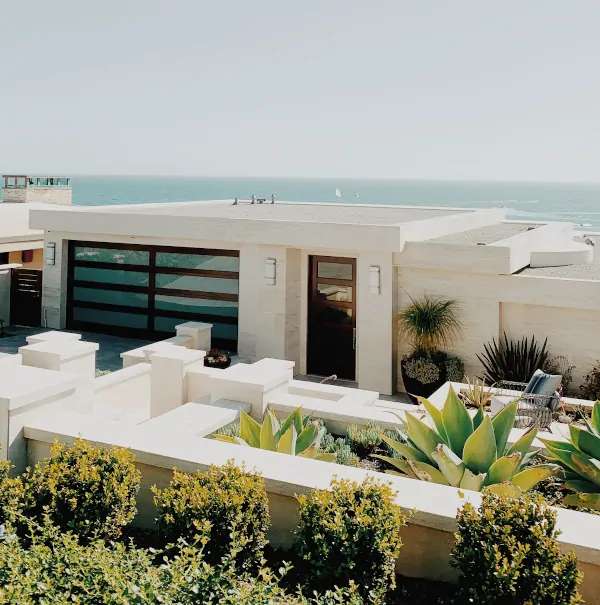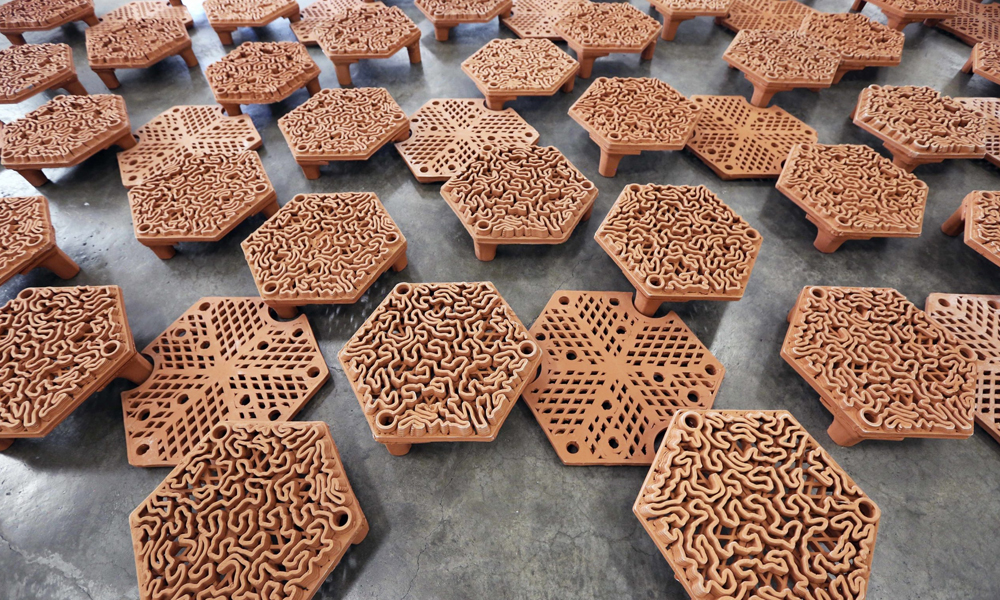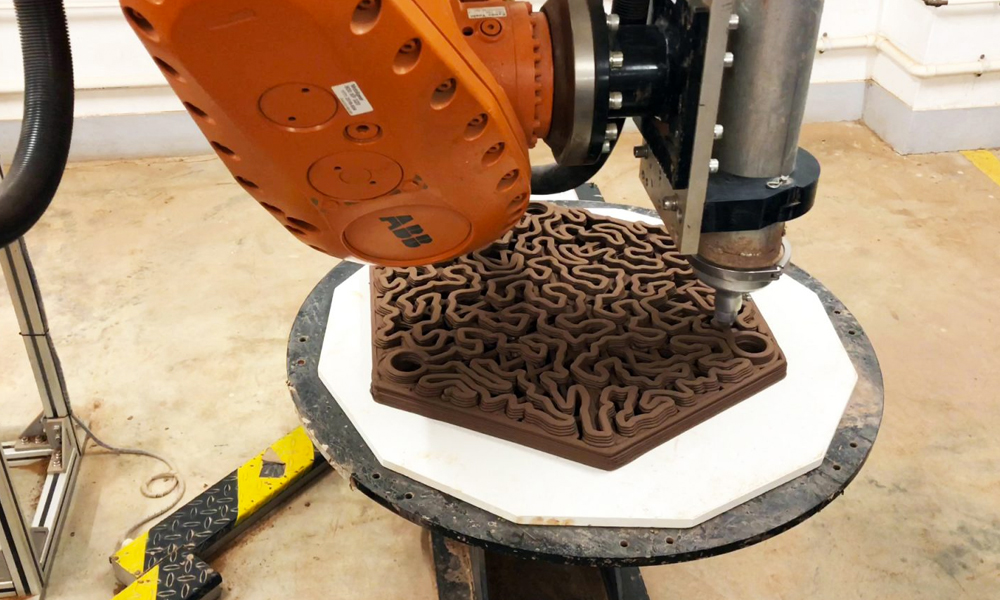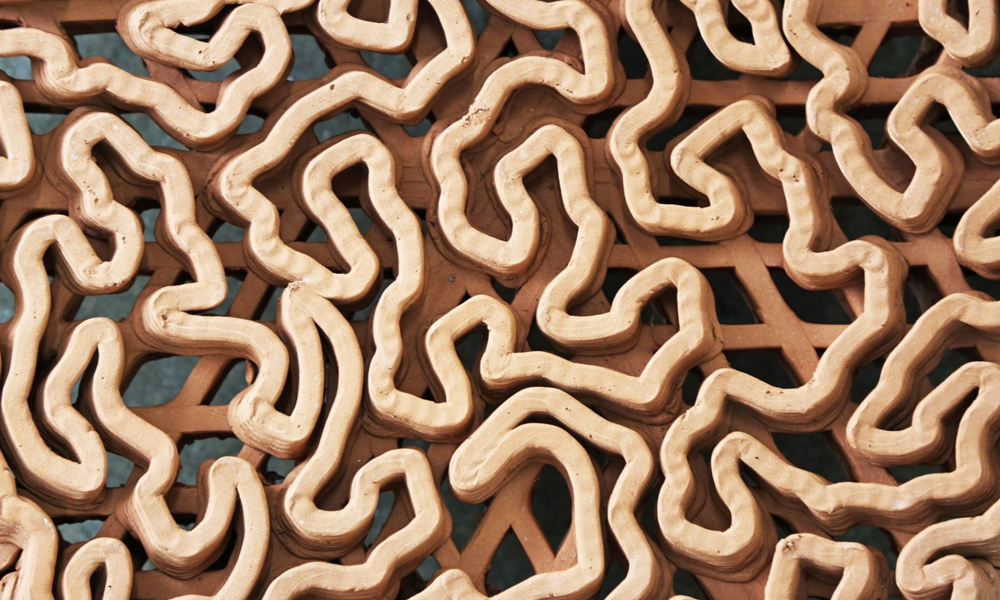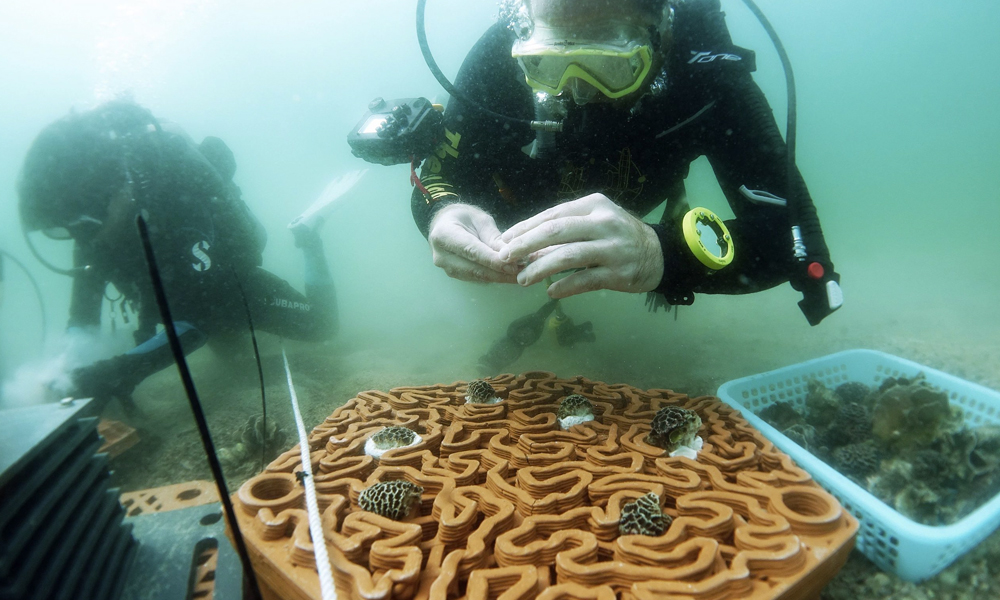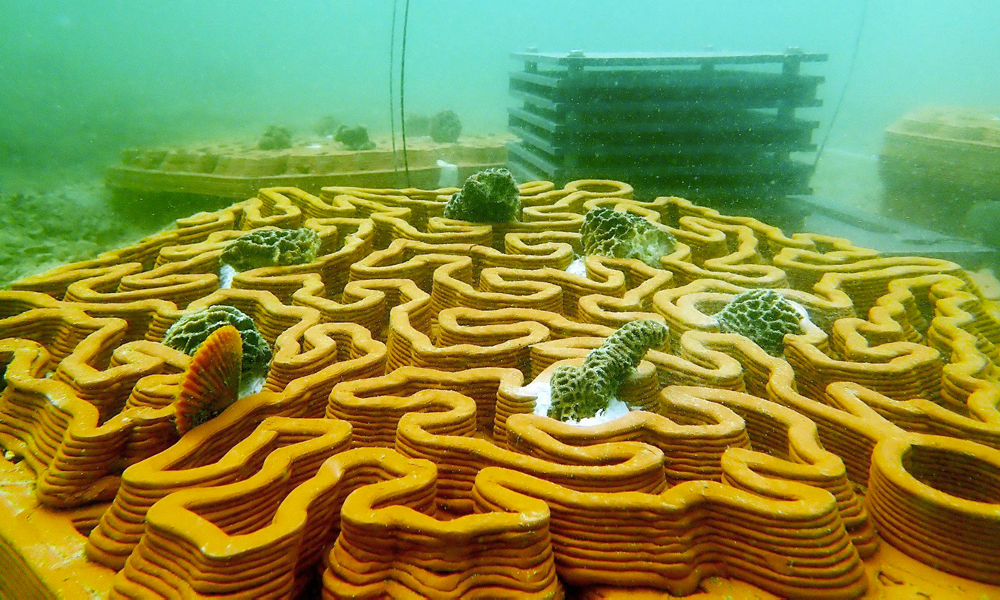As you’re probably more than well aware of by now, the coral reefs and habitats the world over are in serious need of help. The millions of fish and ocean species that rely on these habitats are getting some much needed help with modern technology and a group of enterprising creatives, scientists and architects from the Swire Institute of Marine Science (SWIMS) of the University of Hong Kong (HKU) and its Robotic Fabrication Lab. The team from SWIMS has developed a clever 3D-printed terra cotta tile that is ocean safe, interlocking and printed with a unique pattern that mimics the natural coral growth so it’s easy to integrate into the environment. Team leader Christian Lange had this to say about the project, “Though these tiles could be produced with other methods, such as making a double-sided mold, it would be quite complex to do since the design of the tile is very three-dimensional. 3D printing offers the advantage to produce objects and parts much more cost-effectively. But the most powerful advantage of it is that it could print each object with a different design without increasing the cost.” In addition to doing some much needed good, they’re pretty pleasing on the eyes as well.
More Travel
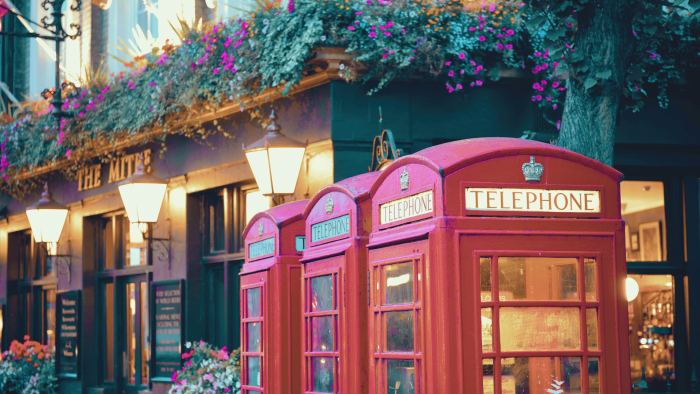
London Doesn’t Have to Be Lavish to Travel Well
Your smart, stylish, and affordable guide to visiting the UK capital.

The Charm of Canandaigua, New York
The perfect friend trip for 2026.

Low-Season Destinations to Visit in the Fall and Winter
Avoid the crowds. Travel on the low.
